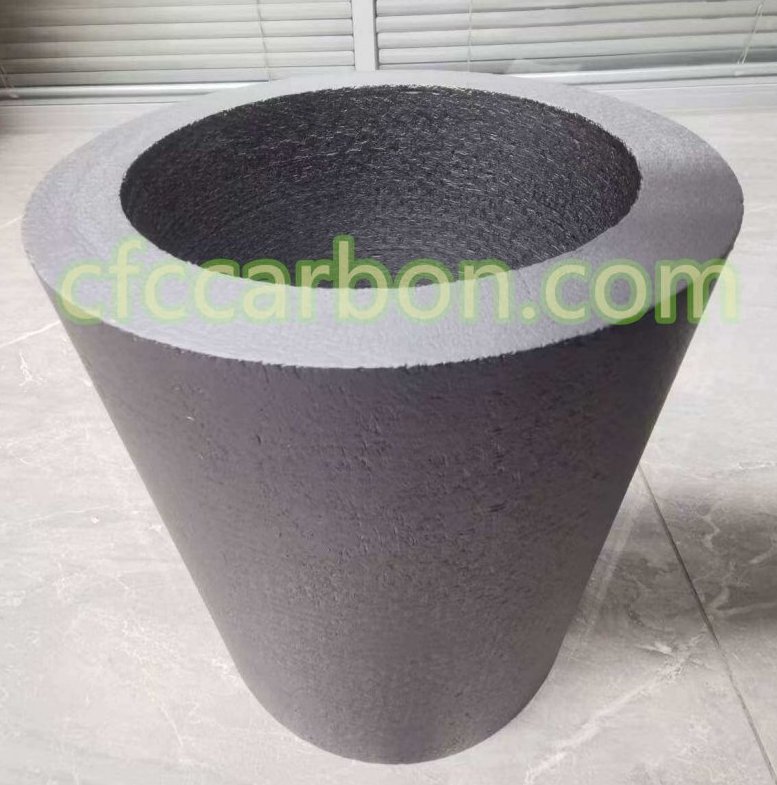The purpose of this chapter is to review work that has been published in the open literature concerning coatings on carbon fibers and CC composites. The chapter focuses on inorganic coatings that are appropriate for providing protection from chemical attack at elevated temperatures. This subject is important because a key factor in improving the capabilities of high-performance aircraft and aerospace

SiC coating carbon fiber composite material-CC-CFC (2)
vehicles is the development of lightweight structural materials that can operate at very high temperatures in reactive environments.
Carbon fibers are among the strongest and stiffest known fibers, surpassing all others in strength retention and creep resistance at elevated temperatures. Superior structural properties combined with a very low density make carbon fibers the constituent of choice for many current composite structures. Carbon fibers have the greatest potential for reinforcing new composites with vastly improved high-temperature capabilities.
Although not attacked by many chemicals that are corrosive to other materials, carbon is particularly susceptible to oxidation at elevated temperatures. This is because the oxides of carbon are gases and, therefore, are not protective. Because the most important flight-related applications for high-temperature materials are as air-breathing engine components or structures that must withstand aerodynamic heating, effective oxidation protection is essential to utilize the full potential of carbon fiber composites in advanced aircraft and aerospace vehicles.
The application of discrete reaction-barrier coatings to carbon fibers and CC composite is the most effective method for protecting the materials from chemical degradation. In general, a coating must be both physically and chemically compatible with the underlying material and must resist degradation and permeation by the corrosive species. Furthermore, the coating must adhere strongly to the substrate, but its presence must not detract significantly from the important properties of the fibers or composite. Coatings that meet these requirements enable the development of advanced composites and composite structures for a broad range of high-temperature applications.
related news /articles:
Advanced Coatings for Carbon fiber Carbon Composites
Carbonization and Graphitization of carbon fibers
Introduction of carbon-carbon (CC) material–CFCCARBON LTD
Introduction of carbon carbon composite, CFC, Carbon composite, C/C,